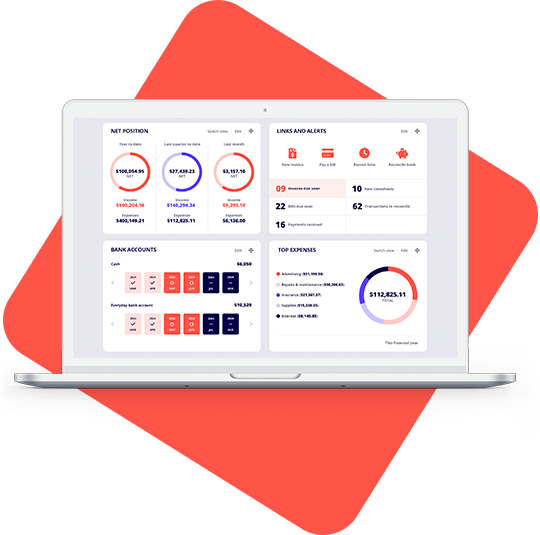Looking for a Zoho alternative?
Get better bang for your buck with Reckon accounting software
Reckon One pricing starts from only $12/month, Zoho starts from $16.50!

Get more features for less
Zoho Books ‘Professional’ plan vs Reckon Accounting Plus + Payroll Essentials’ plan.

Send invoices
Track expenses
Pay runs & STP
Up to 4 employees
Automate super
Bank feeds
Budgeting
Phone support
Monthly price
$39.60
$32.00
Reckon One’s unlimited free phone support is available during business hours. This table is in comparison to Zoho Books ‘Professional’ plan. Data correct as of July 2024.
Better value as your business grows
Unlimited invoices
Payroll software for your employees
including Single Touch Payroll
Unlimited users
so you can share your files with the right people.
Migrate from Zoho to Reckon for free
Moving your data from Zoho to Reckon is quick and easy with our migration service. It’s free when you sign up for Reckon Plus or Premium plans.
Affordable payroll for all team sizes
Zoho does not include payroll features in Australia
If you want to manage payroll, you will need another platform as this feature is not supported on Zoho. Using more than one platform for accounting software and payroll is not only inconvenient, but it can be very expensive too!

…While Reckon One starts from just $12/month
Even when you scale up the size of your team, you’ll only pay $24/month to manage payroll and send Single Touch Payroll reports!
Choose Reckon One and enjoy more features, for less!
There are a million reasons to love Reckon
Convinced Reckon One is the perfect Zoho alternative for small businesses?
Try Reckon One for free, cancel anytime.




